10 Sure-Fire Ways To Take Breathtaking Nature Photos
Few things are more inspiring than exceptional nature photography. Whether it’s a bear ambling across a field, a bird in flight, or a sunset over the sea; spectacular nature images grab our attention and draw us in – and make us feel like we’re stepping into the image!
One of the great things about photography is that it allows you to freeze time and capture a moment that you’ll be able to look back on. With nature photography, this is certainly the case. The natural world holds plenty of unique opportunities just waiting to be captured.
Learning how to spot those moments, and discovering how to effectively convey what you see in person, through the lens of a camera is what great nature photography is all about.
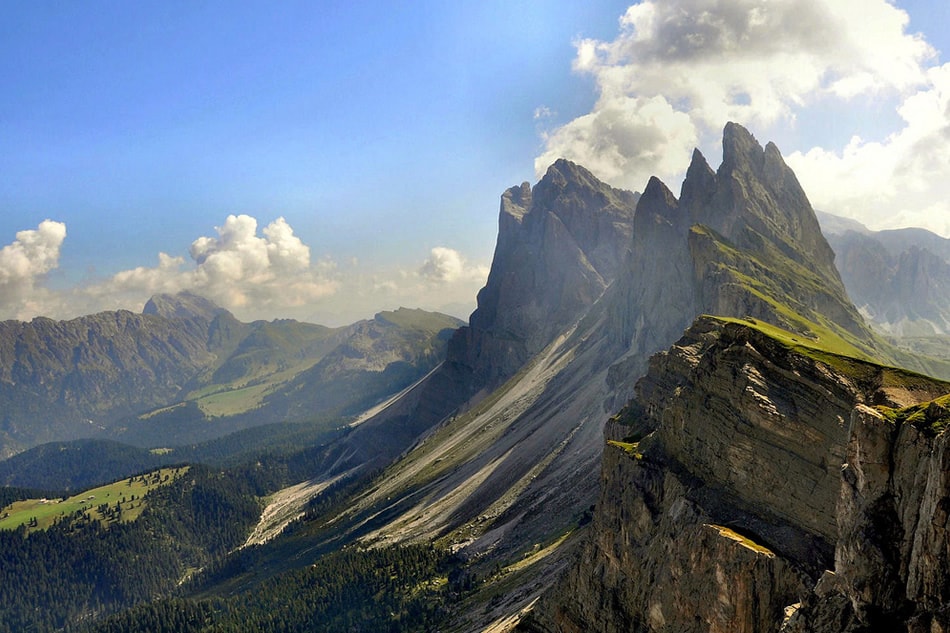
photo by luigi alesi
Regardless of whether you travel halfway across the world or step into your own backyard – there are great nature shots waiting just waiting to be captured. Even in the city there are opportunities to be had – just head to the local park, or look for micro life!
If you’re interested in capturing beautiful nature photos, here are a few tips that will help you in your quest for spectacular and inspirational images.
1. Be Prepared
While many photo opportunities are unexpected, it doesn’t hurt to be prepared when heading out with your camera. Having a general idea what you hope to capture allows you to know which gear to bring, and can help you to time your outing. For example, if you’re hoping to photograph a certain type of bird or animal, knowing which times they’re most active will help you to know when to go.
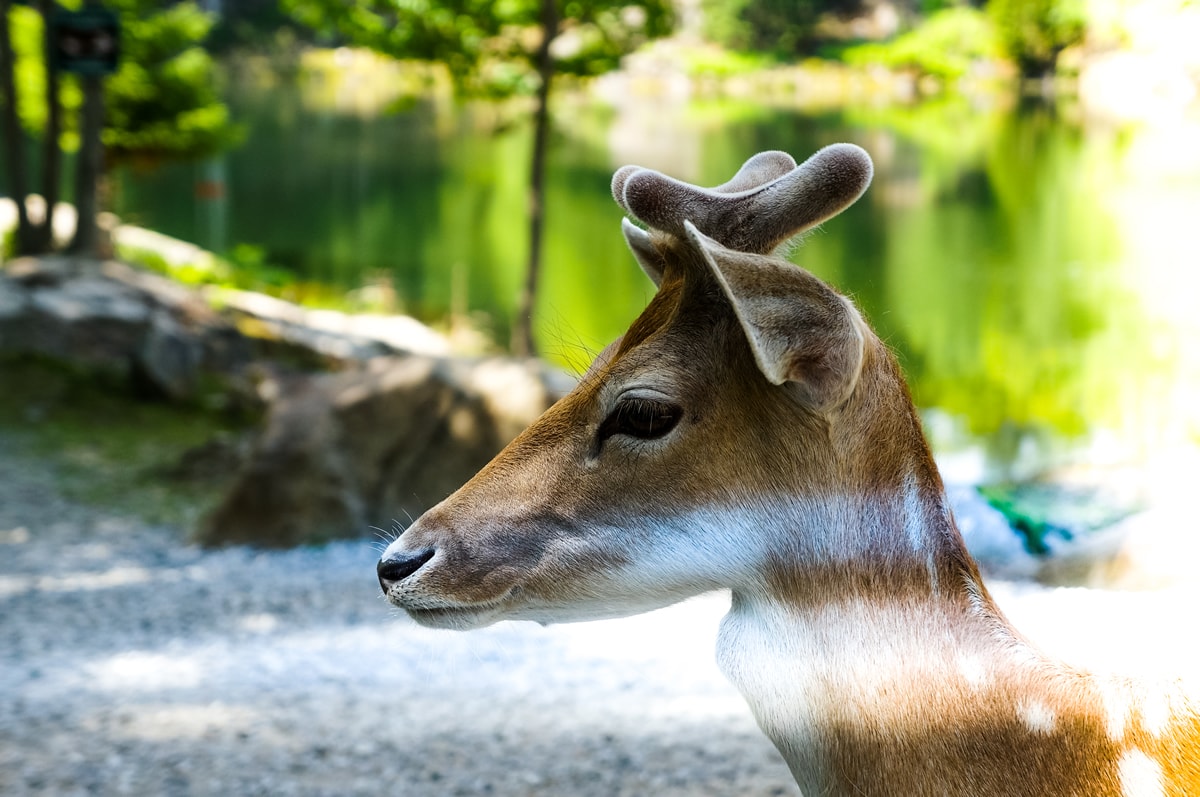
photo edited using the Contrastly Light Leaks presets from the Solar Spots, Light Leaks, & Flares preset pack.
2. Bring a Tripod
While it’s not strictly necessary, nature photography can often benefit from slow shutter speeds – and the use of a tripod. Long exposures require the use of a tripod to help prevent camera shake, and blurry images.
3. Use the Right Lens
Bring along the best lenses for the job. If you have a wide-angle lens, you’ll want to bring it with you, especially if you’re doing landscape photography. A telephoto lens is another great lens for nature photography, allowing you to get up close to elusive animals. You may also want to bring along a macro lens to capture close-up images of minuscule flowers, leaves, water droplets, and other micro subjects – although in a pinch, a telephoto can work to capture images that are fairly up-close.
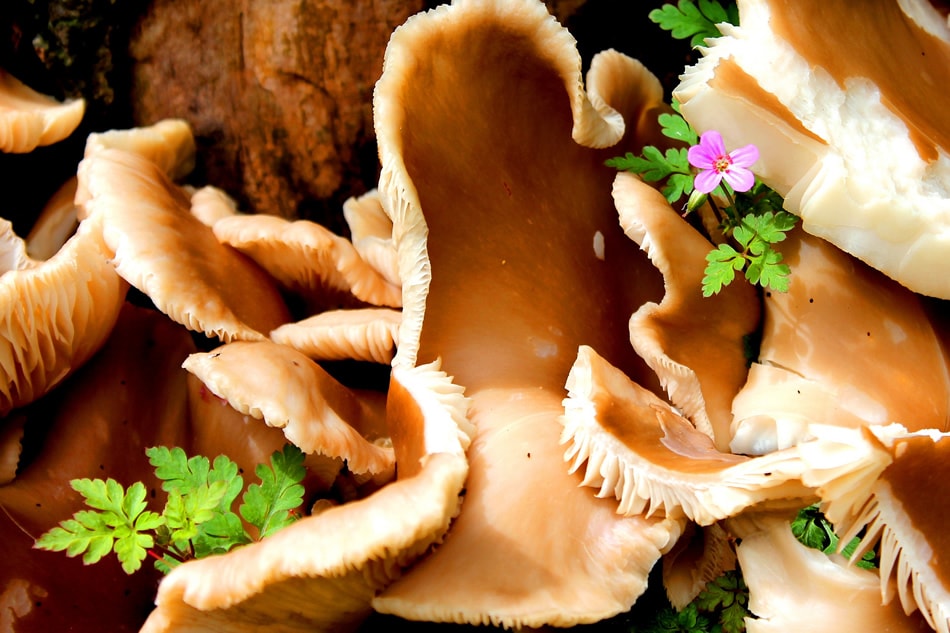
photo by Les Haines
4. Use a Filter
Filters are an often overlooked tool in nature photography, but adding a simple polarizer to your kit is a great way to capture photos with richer, deeper colors. A polarizing filter helps to darken light blue skies, rendering the sky a richer shade of blue. It also helps to reduce glare – which is especially useful when photographing bodies of water since it allows you to capture rocks and sand at the bottom in the shallows. A graduated neutral density (ND) filter is another great option for landscape images. When photographing images that include sky and foreground, the sky has a tendency to become washed out while the ground often appears underexposed. An ND filter essentially acts like sunglasses for your lens, allowing you to ensure that both the sky and ground are perfectly exposed.
5. Find a Focal Point
Nearly every composition can benefit by having a strong and well defined focal point. Having a clear point of interest in the photo directs the viewer’s interest exactly where it should go, and results in a strong and visually pleasing image.
6. Include Foreground Interest
Be sure to include plenty of foreground interest in your landscape images. Adding foreground helps to set the stage for your photo, adding a sense of context and depth to your images. It can also help to draw the viewer into the photo, directing attention to the focal point. You can also use foreground to frame the image, giving the image a more real, three-dimensional feel.
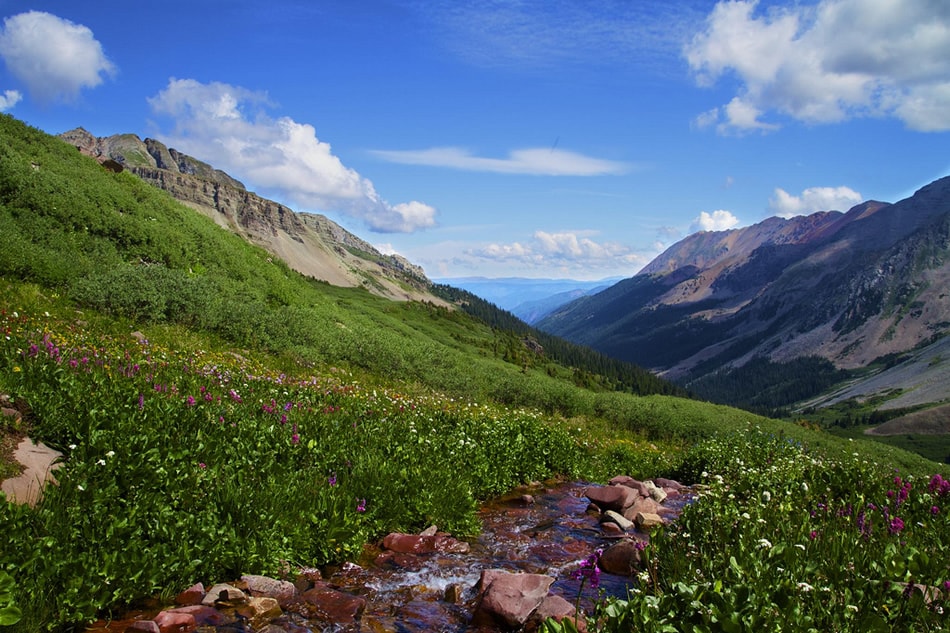
photo by Zach Dischner
7. Consider the Rule of Thirds
Consider the rule of thirds when shooting nature images. This rule calls for the subject to be placed to the side of the image, instead of dead center. The rule of thirds is often used to create images that are more dynamic than photos that have the subject in the center, which tend to be more static. Although it’s worth noting that some compositions will be better served by having the main point of interest in the center, so keep this in mind when composing your images.
8. Look to Convey Movement
Consider adding some ‘movement’ into your nature shots. Movement can be in the form of running rivers or waterfalls, trees blowing in the wind, or birds flying. When capturing smooth running water, or soft, streaky clouds – use a slow shutter speed and a tripod to steady the camera. A long exposure will render the moving object as softly blurred, and can result in some spectacular images.
9. Look for the Light
The right light can make all the difference in photography, and can often result in dramatic and exceptional nature images. Golden hour is an excellent time for capturing both landscape, and close-up images. The lighting during this time bathes everything in a soft, golden glow causing images to have an ethereal, almost otherworldly feel to them. The lighting just after a storm can also produce some exceptional and dramatic lighting – perfect for landscape images.
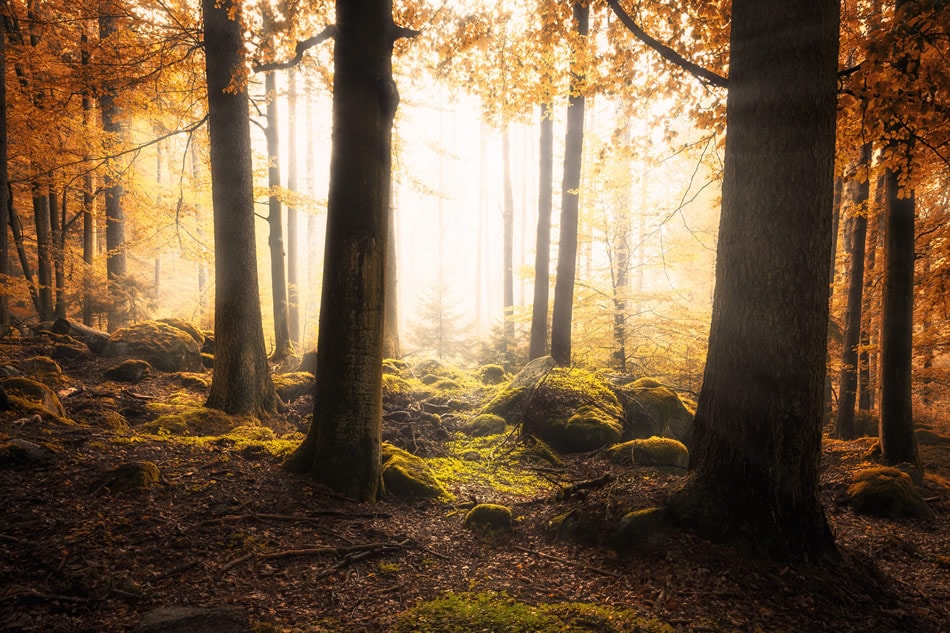
photo by Olli Henze
10. Watch Your Depth of Field
Watch the depth of field in your images. When capturing close-ups, you may want to use a wide aperture (small number) for a shallower depth of field. This will draw your subject into focus while blurring the background. For landscape images, you’ll want to use a small aperture to ensure that most of the image is in focus.
Go Off the Beaten Path
With nature photography, it’s usually best to take a mixture of both close-ups and landscape images. Sweeping landscapes, and close-ups of flora and fauna both make great images, so be sure to look out for hidden opportunities and details while taking nature shots. Great opportunities are often directly underfoot – a flower hidden amongst some mushrooms growing against a log or some tiny sprouts growing through some moss. Close-ups can be a great way to showcase the beauty of nature.
Keep in mind that nature is often unpredictable, and it’s important to be able to go with the flow. Photo opportunities will often present themselves where you least expect them, and being able to spot hidden opportunities and exciting details to add to your photos will allow you to capture some unique and beautiful images.
Do you enjoy nature photography? Share your photos with us via Twitter or Facebook!
